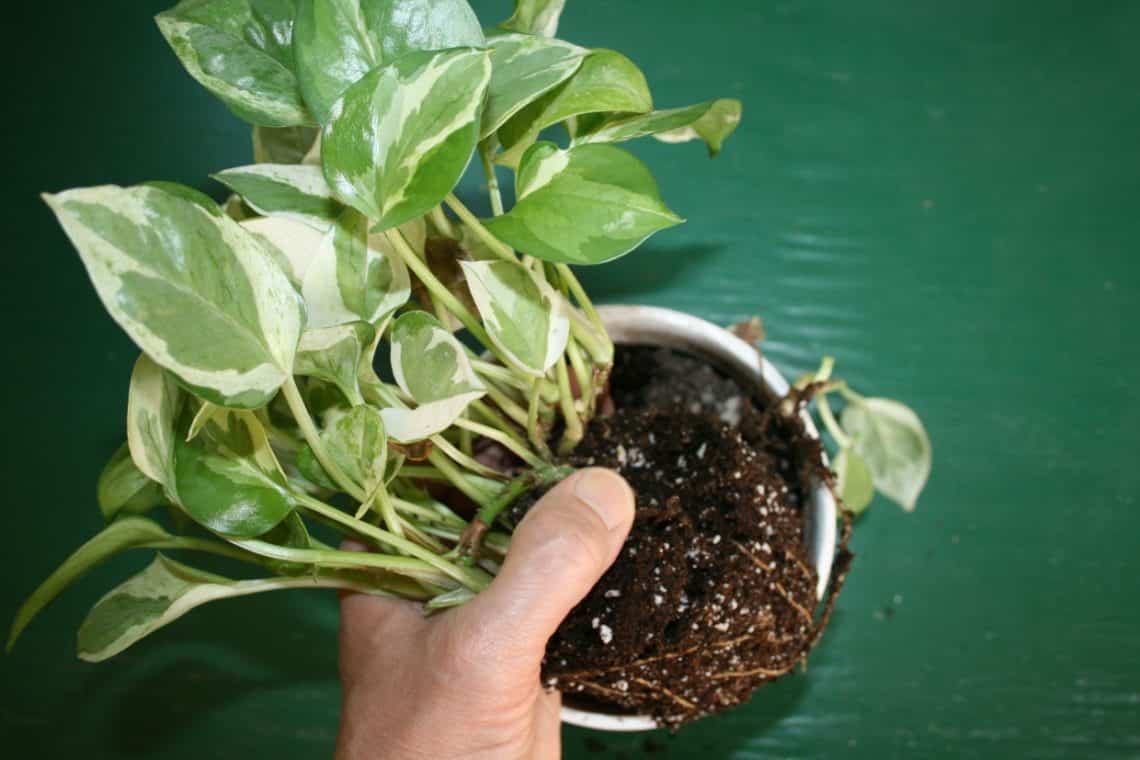Your houseplants may live their lives indoors, but they know that spring has sprung. The season’s warm weather initiates new growth, which makes it the ideal time to repot your indoor garden.
Signs your houseplants require repotting include roots coming out of the bottom of the pot, water rushing through when you water and sluggish, weak growth. If the pot is filled with more roots than soil, it’s definitely time for repotting.
To have the best luck repotting your houseplants, keep the following guidelines in mind.
Select the right size pot. It might seem like a great idea to plant your houseplant in a much larger pot so you don’t have to repot for a long time, but by doing that you’ll be signing the plant’s death warrant. Excess soil around a plant remains wet and results in perpetually wet roots that succumb to fungal disease and rot.
Use a pot that is the same size as the existing container or just one size larger. You do want the plant to have new soil in which to grow, just not too much. The roots should fill about one-half of the pot.
Choose a new pot that has drainage holes. Keep in mind that plastic pots are the most water retentive. Terra-cotta pots tend to dry out quickly. If you prefer the look of clay but don’t want the pot to dry out fast, opt for glazed ceramic pots, which do a better job of retaining water than untreated clay.
Prevent transplant shock by watering the plant with warm water two to four hours prior to repotting.
Remove the plant from its old pot carefully. Attempt to hold the pot upside down with one hand and ease it out of the pot with the other. If the plant gets stuck, try running a knife around the perimeter and try again. If the plant refuses to come out, you may have to cut the pot if it’s plastic or break it if its terra-cotta or ceramic. Prior to doing this, try soaking the entire pot in water for an hour. This may dislodge the plant from the pot.
Loosen plant roots and shake off excess soil. Trim especially thick root masses by 10 to 20 percent, which will encourage them to reach into new soil. If you want to plant in the same container, trim the root mass by one inch.
Fill the container two-thirds full with moist organic potting soil that drains well. Place the plant in the pot, fanning out the roots. Fill the pot with soil. While doing so, tap the container a couple of times during the process so that the soil settles. Fill the pot with soil to an inch below the pot rim. Tamp down the soil. You should have covered the plant roots but not the stem.
Water the plant well and let it drain. Don’t water again until the top inch of soil has dried out. This may take two to three weeks or even longer to occur, as most plants use less water when establishing. You’ll know the plant has established itself when it puts on new growth.
Wait to feed the plant until it resumes new growth. At that time give it a half-strength solution of an organic fertilizer.
Prepare to watch your houseplant flourish in its new soil.

